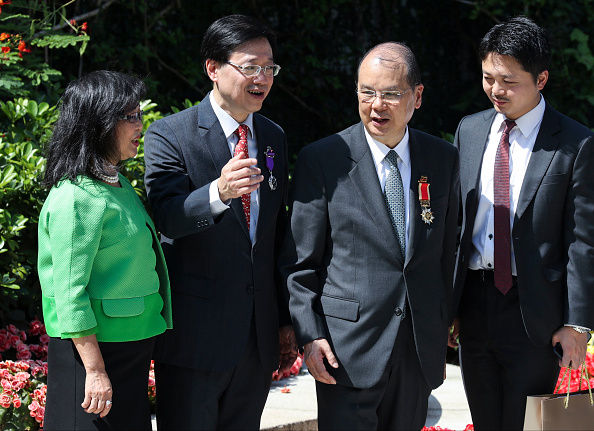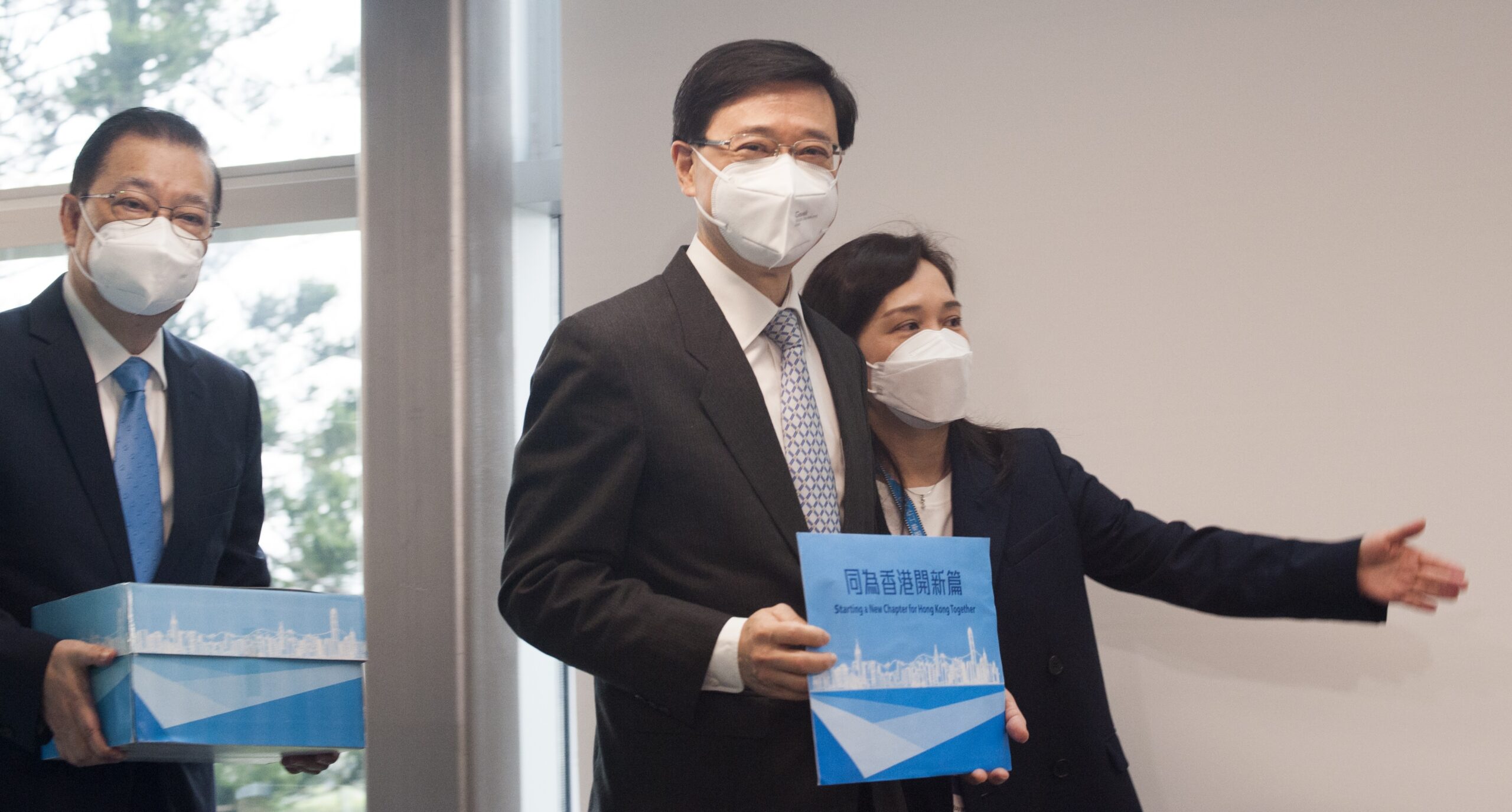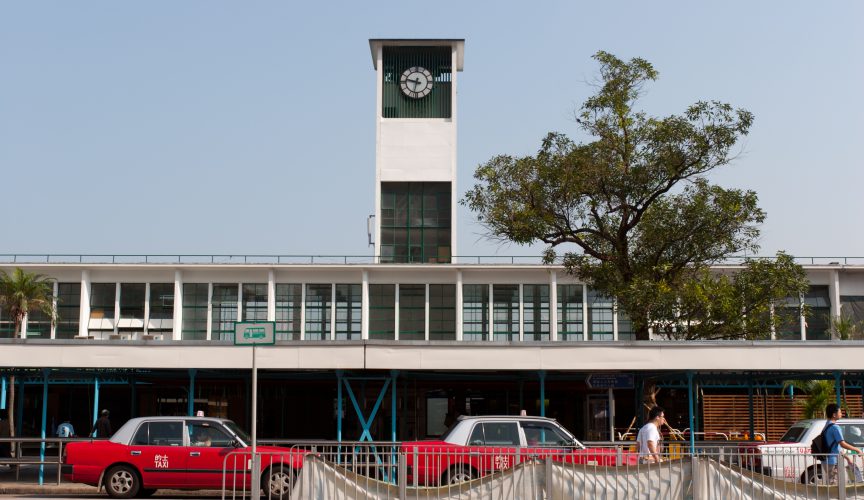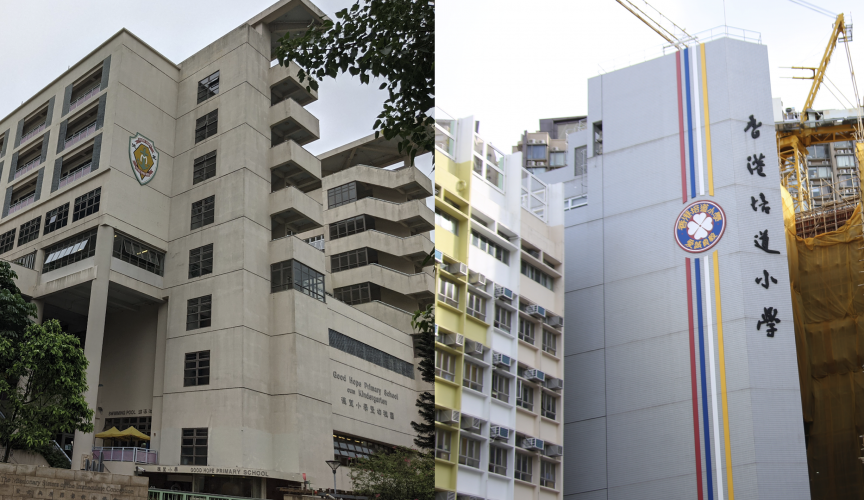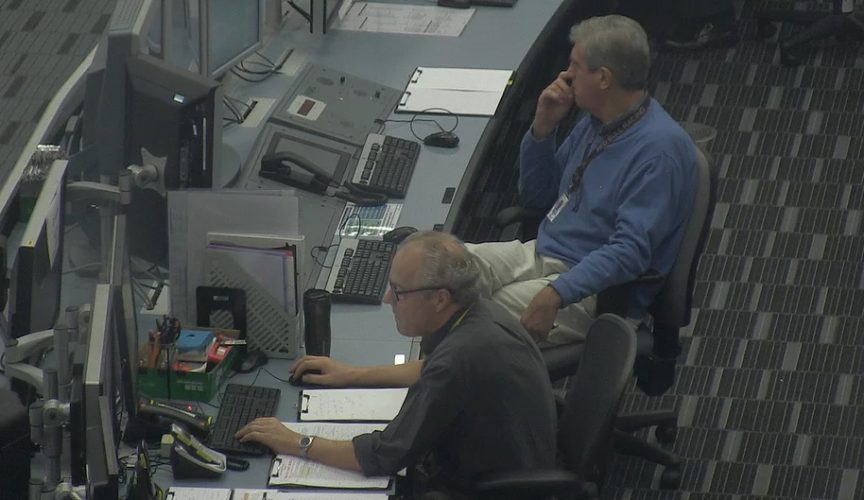
On February 8, 10pm in the evening, the Civil Aviation Department (CAD) issued a press release in response to FactWire’s investigative report “Government withheld six potential planes collision alert incidents from public“. While admitting to the occurrence of six safety incidents involving loss of separation last month, the CAD repeatedly emphasizes that the incidents were “minor” and unrelated to the new air traffic management system (ATMS). FactWire would like to provide the following information as follow-up to let the public decide whether the CAD press release reflects the truth:
1. The CAD confirms the six safety incidents, which shows the validity of FactWire’s news report. However, when defining “loss of separation”, the CAD points out that only three cases involved “loss of separation” and the other three were classified as “minor technical incidents”.
The CAD says that according to “standard procedures”, three of the six cases were classified as “minor technical incidents” instead of “loss of separation”. The press release clearly states that “the International Civil Aviation Organization (ICAO) allows individual civil aviation authority to establish different categorisation and procedures in handling loss of standard separation incidents to suit the individual circumstances.” In other words, the ICAO allows flexibility for the authorities in the establishment of different categorisations and procedures. Therefore, the CAD classified the three cases as “minor” according to their own standards, with a minimum separation between aircrafts being “less than 10 per cent of the standard separation”, while in fact, the three involved loss of separation in accordance with ICAO requirements.
It is vital to point out that the ICAO set strict requirements for “loss of separation”. According to their altitudes and positions, the aircrafts in five out of six of the safety incidents should maintain a horizontal and vertical distance of at least 5NM and 1,000ft respectively. Because the aircrafts involved in the remaining safety incident were situated in positions of high altitude and beyond radar coverage, they should maintain a horizontal and vertical distance of 10NM and 2,000ft. All aircrafts that did not meet such standards already fulfil the ICAO’s definition of “loss of separation”. Quoting the CAD: “People in the know and are experienced in the field of air traffic management will understand”.
2. The CAD states that “other air navigation service providers around the world using different kinds of ATMS would occasionally encounter loss of standard separation incidents due to various reasons” to show that incidents involving loss of separation are not uncommon or serious. The CAD also points out that “one to two loss of standard separation incidents were recorded per month on average when the old ATMS was in use” and “there were five loss of standard separation incidents in the past three months (from November 2016 to January 2017) after the new ATMS was commissioned (i.e. less than two incidents per month on average), comparable to the average figure when the old ATMS was in use”.
According to the CAD’s definition of “loss of separation”, this reveals that there were two other incidents apart from the six safety incidents mentioned in FactWire’s report. In other words, after the launch of the new ATMS (since 14 November 2016 to 8 February 2017), there were five incidents involving loss of separation and three minor technical incidents. FactWire urges the CAD to announce the details of other two incidents.
It is unclear as to the number of years of statistics the CAD had cited to come up with the calculation of having “one to two loss of standard separation incidents per month on average” when the old ATMS was still in use. In fact, FactWire obtained statistics of 2015 and 2016, which show that according to the definition of the CAD, there were seven “loss of separation” incidents and three minor technical incidents in 2015 using the old ATMS. From early January to mid-November last year, there were ten cases involving loss of separation and two minor technical incidents.
The most intense situation within these two years was the occurrence of two cases of loss of separation and one minor technical incident in a month. This confirms the information provided by experienced air traffic controllers stating that “a maximum of eight to ten cases of “loss of separation” would occur in a year under the the old ATMS, so having six cases in a month is rare and the authorities must not accept this”. FactWire urges the CAD to make known to public the annual statistics of the past seven years concerning the number of incidents involving loss of separation and minor technical incidents when the old ATMS was in use.
3. The CAD states that the allegation of media reports on the fact that the new ATMS “did not issue timely alerts to air traffic controllers” is “totally unfounded”. It further states that “the predictive conflict alert, unlike some media reports suggested, may not be issued 60 seconds before the two aircraft collide in daily operation”. Be it done on purpose or not, the CAD misread FactWire’s report. FactWire never alleged that the predictive conflict alert “may be issued 60 seconds before collision”, but rather, to be issued “60 seconds before the conflict alert”.
FactWire clearly states in the report that the conflict alert serves as a reminder that there may be “loss of separation”, and the predictive conflict alert is issued before the conflict alert so that the front-line air traffic controllers could have ample time to adjust flight paths.
The CAD should be well aware that the conflict alert system is a “short term conflict alert” (STCA) and is a mandatory safety net of all ATMS. Although the ICAO does not provide a clear definition for the STCA, general practices concerning such has always been providing 120 seconds for alerts to be issued and for the staff to give instructions, as well as to allow the ATMS to adjust its parameters setting based on different situations. Usually the ATMS detects a possible “loss of separation” between 70 to 90 seconds to avoid a potential collision.
When asked about the usual time to issue the conflict alerts during a radio interview this morning, Deputy Director-General of Civil Aviation Kevin Choi admitted that the goal of the old ATMS is to release the predictive conflict alert and conflict alert 90 seconds and 60 seconds before “loss of separation” occurs respectively. However, he pointed out that the new ATMS is “not as rigid”, but did not give further details of the system settings. Sources told FactWire that the parameters setting of the new ATMS aims to release a predictive conflict alert 60 to 90 seconds before releasing a conflict alert (which means that there may be an occurrence of loss of separation).
In the press release issued yesterday night, the CAD does not respond to FactWire’s enquiries on the time the predictive conflict alert and conflict alert were issued, before or after “loss of separation” occurred, in the six safety incidents. Asked twice during the radio interview this morning whether the ATMS issued a predictive conflict alert and conflict alert for the three cases of loss of separation in the CAD’s standards, Choi replied that the data shows that “alerts have been released and the staff later made corrections” and also admitted that “loss of separation” occurred afterwards. However, he did not explain when the alerts were issued before the occurrences. Referring again to the CAD’s statement that media reports which alleged that the new ATMS “did not issue timely alerts” is “totally unfounded”, it is, perhaps, the other way round.
FactWire reporters were humble in learning about the problems, jargons and professional knowledge concerning the new ATMS and verified the report with deliberation. We firmly believe to and are driven by, however, the quote below:


